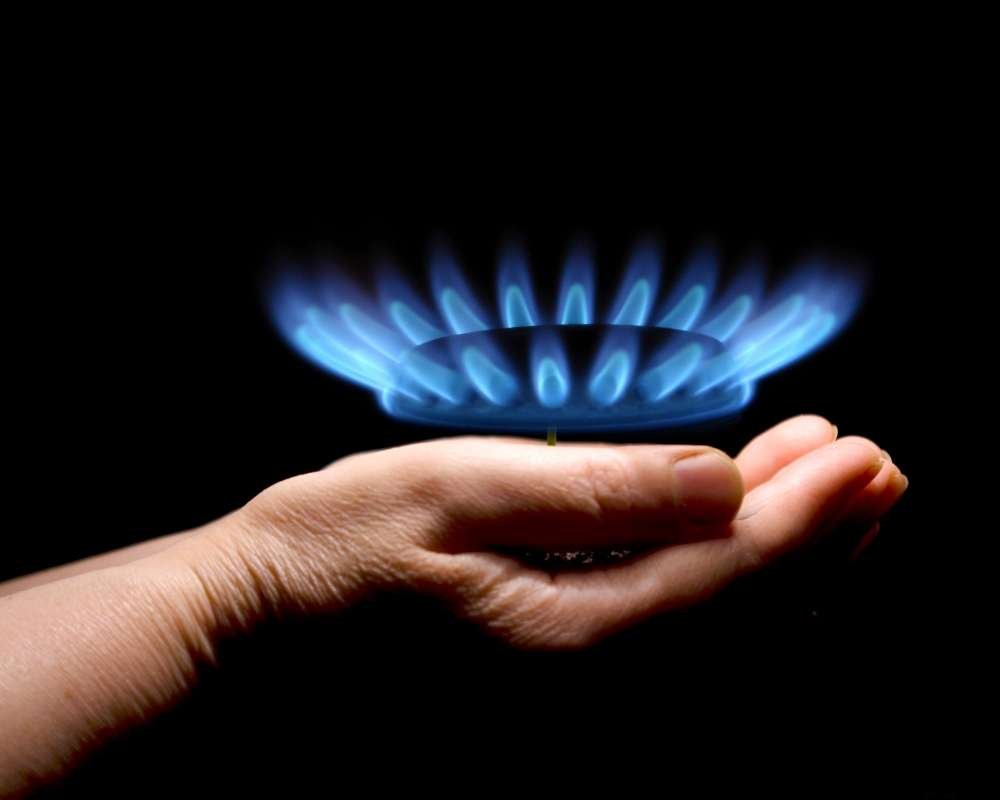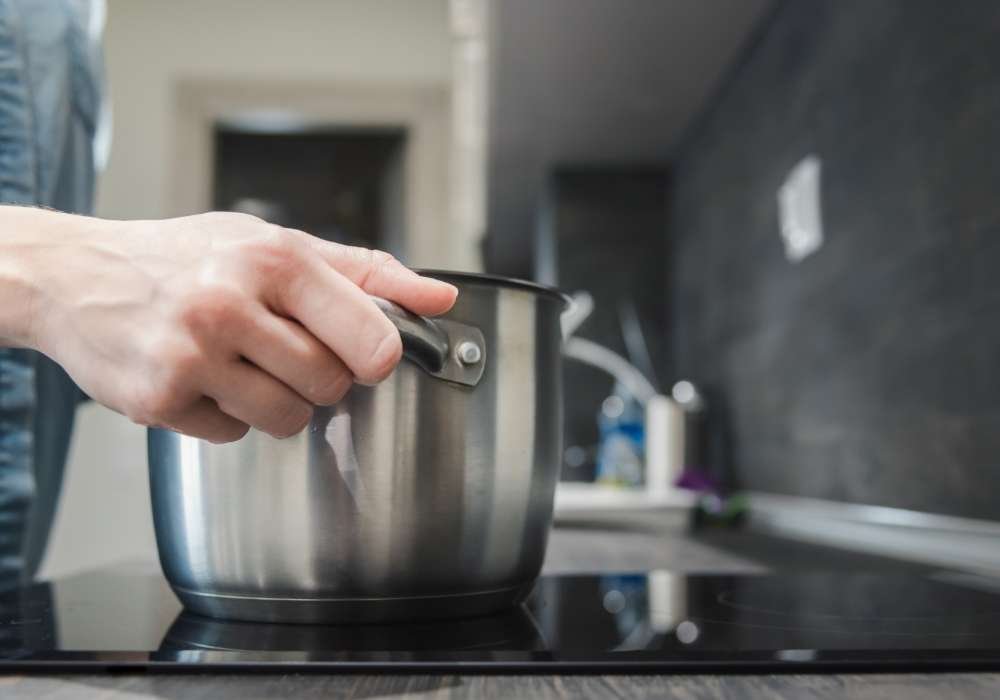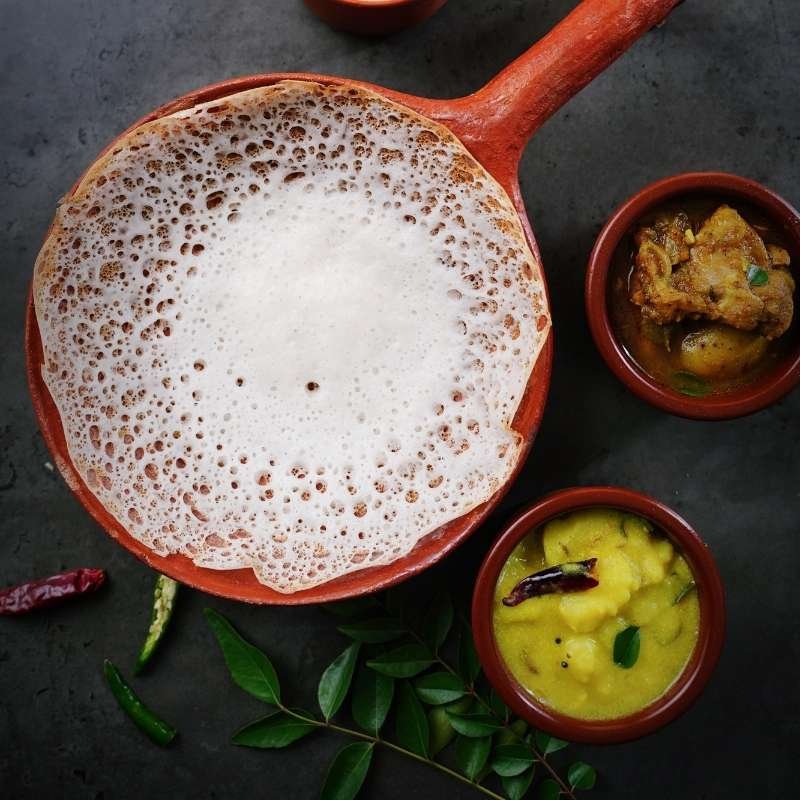With a recent study highlighting the dangers of emissions from gas stoves, many people are weighing whether to ditch their gas stoves for induction cooktops. After all, they appear stylish, aesthetically pleasing and free of emissions. But are they suitable for Indian kitchens? How well do they perform? Let us explore this in-depth comparison.
Heat Distribution

Gas stoves distribute heat evenly. When you fry food in a pan on a gas stove, they get uniformly browned, even if it is at the edge of the pan. But, induction cooktops are not so easy that way.
The coil at the centre of an induction cooktop which produces electromagnetic energy is narrow. So, heat is concentrated at the centre and does not distribute evenly. As a result, you find the centre browned and the edges uncooked. This is specifically noticeable when frying fish, chicken or cutlets and when making Dosa. The fish and chicken at the centre will be brown, while the ones at the edge won’t be. Similarly, when making dosa, the centre will be brown and the edges will be white.
Winner- Gas Stove
Cost of Cooktop

We Indians care a huge deal about money. And price is a huge point of differentiation between gas stoves and induction cooktops in India. Here, you do not get 2 or 3-burner induction cooktops at an economical price.
Single burner induction cooktops cost just about Rs. 2-4K. But, 2 and 3-burner induction cooktops cost a pretty penny. Bosch’s induction hob with 4 cooking zones costs about Rs. 60K, while options from Hafele cost around Rs. 50-70K. A gas hob on the other hand often costs Rs. 10-20K, while normal gas stove costs just Rs. 1-10K.
As you can see, induction hobs with 2-3 burners are not affordable for most folks! That is why most families will have to opt for both gas stoves and single burner induction stoves together and use them for what they are best suited for.
Winner- Gas Stove
You may also like our article on Best Thermos Flasks In India
Cost of Operation

A 15 Kg gas cylinder costs about Rs. 1050 without subsidy. Usually, it lasts for 1.5-2.5 months, depending on usage. An induction cooktop on the other hand is far more efficient. Generally, you can cook for a whole family in less than two hours in an induction cooktop. This will come to just 2-3 units of electricity per day. Considering an average per unit cost of Rs. 6/- So, monthly, it will cost you somewhere between Rs. 360 to 540 to use an induction cooktop. This cost may go as high as Rs. 600 to 900 if your electricity consumption comes in the higher slab.
As you can see, comparatively, induction cooktops are inexpensive to run especially when cooking gas is largely unsubsidized.
Winner- Induction Stove
Emissions

A recent study by the US Consumer Products Safety Commission linked 1 in 8 asthma cases to gas stoves. When in use, the heat causes the nitrogen and oxygen in air to bond creating nitric oxide and nitrogen dioxide which are known lung irritants. Further, it also emits carbon monoxide, particulate matter and formaldehyde. Even when not in use, gas stove emit benzene and other carcinogens. One of the ways to reduce the concentration of these chemicals in your home is by ensuring sufficient ventilation while cooking. It would also be a good idea to invest in a kitchen chimney and exhaust fan.
This is one area where induction cooktops have a clear edge. They convert electrical energy to thermal energy electromagnetically, and there are no harmful emissions in the process. Thus, they are far safer for your health and environment compared to gas stoves.
Winner- Induction Stove
Safety

The chances of burns are very real when using gas stoves. The pan support and burner remain hot for a very long time even after cooking. Not to mention, you may accidentally touch the flame or worse, there may be gas leaks which can end up as a major disaster. But, induction cooktops have none of these problems. These cooktops use electromagnetic energy to heat the cookware. In this process, the induction cooktop doesn’t get hot. The only heat that remains on the cooktop is the heat that the cookware conducts to the induction plate. This makes it immensely safer than gas stoves.
Winner- Induction Stove
Speed

Induction cooktops come with wattage ranging from 1200 to 2000+ watts. The higher the wattage, the faster the cooking. So much so that, induction cooktops are almost twice as fast as gas stoves. A 2100-watt induction cooktop boils 1 litre of water in just 4.2 minutes. A gas stove takes anywhere around 7-10 minutes to boil the same quantity of water. Preheating, cooking, frying is all incredibly quicker on an induction cooktop, thus saving you a lot of time.
Winner- Induction Stove
Compatibility With Different Types of Cookware

You can cook with anything except plastic and wood on a gas stove. But, an induction cooktop is a bit fussier. As it works electromagnetically, only cookware with iron works on induction cooktops. This means you cannot use aluminum, brass, claypots and cookware with copper bottoms. Stainless steel, cast iron, and cookware with induction bottom work perfectly on induction cooktops.
Yet another important point is that only flat-bottom cookware work on induction stoves. So, it is impossible to make Kerala-style appam on an induction cooktop. Similarly, it also rules out using round-bottomed kadhais.
Winner- Gas Stove
Ease of Use

An induction cooktop is far easier to use. So much so that even kids can use it.
You can control the heat quickly with a button. Induction cooktops come with different cooking functionalities that vary temperature as cooking progresses. They also have options like keep-warm, which heats the food without scorching it badly. If the power supply is stable, you won’t face any problem using induction cooktops.
A gas stove may be a bit more intimidating for kids and new cooks. It takes a longer time to reduce the heat and the control is all manual. However, with use, it becomes easy and effortless to use.
Winner- Induction Stove
Suitability With Indian Cooking

Most of Indian dishes can be cooked on induction cooktops. But there are some exceptions. Dosa, phulka, appam are some of the dishes that simply cannot be cooked on an induction stove. In Kerala, lunch is sometimes wrapped in banana leaf that is slightly toasted- again something that you cannot do in an induction cooktop!
Winner- Gas Stove
Conclusion
Induction cooktops and gas stoves have their own pros and cons. Given the cost, convenience and other factors, it would be better to go hybrid. You could use pressure cookers and boil water on the induction cooktop to save time and money, and use gas stoves for making chapati, dosa and frying!
